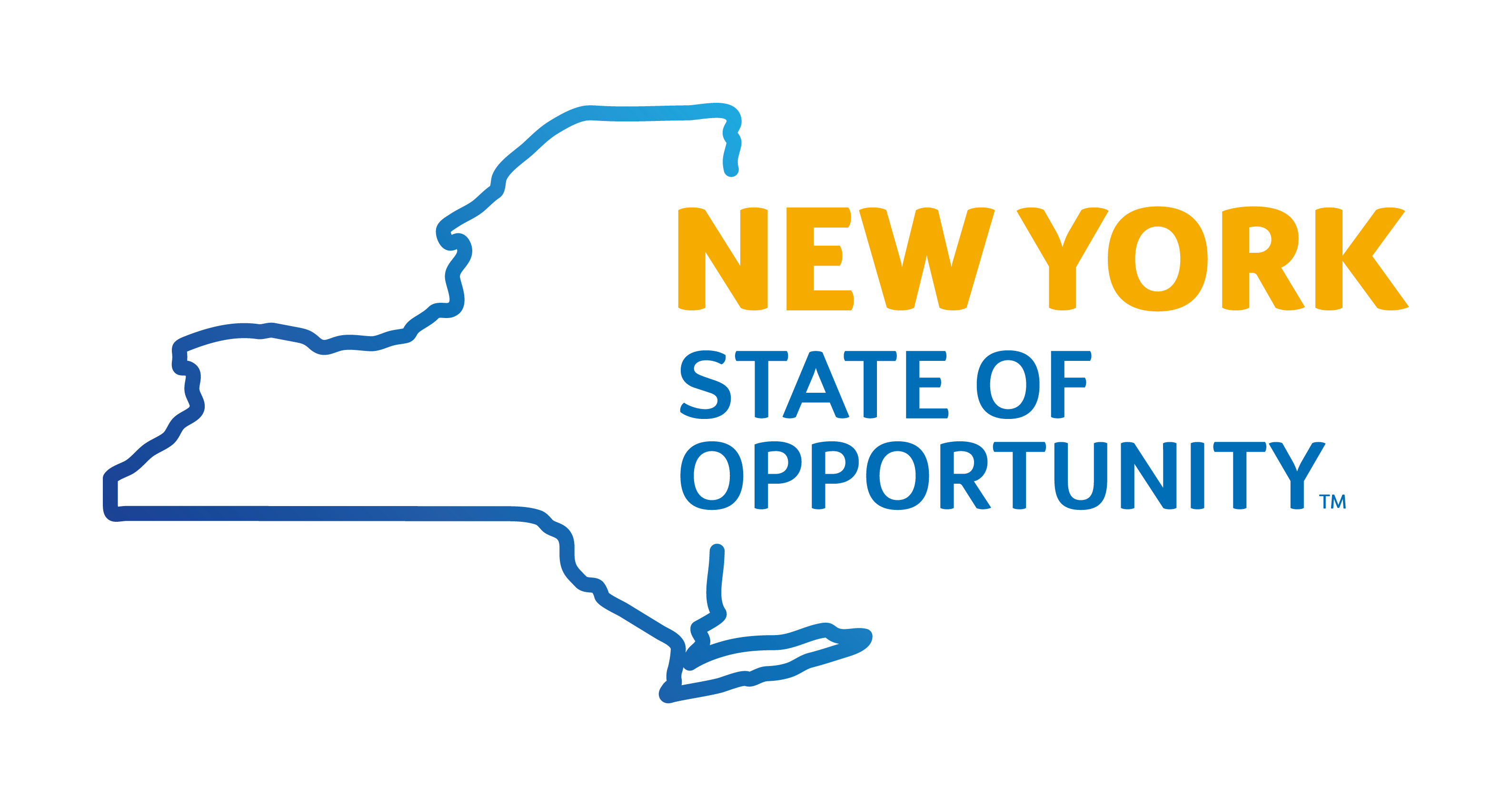Title Page
-
Company Name
-
Conducted on
-
Prepared by
-
Location
Physical Distancing
-
Ensure 6 ft. distance between personnel, unless safety or core function of the work activity requires a shorter distance.
-
Any time personnel are less than 6 ft. apart from one another, personnel must wear acceptable face coverings.
-
For any work occurring indoors, limit workforce presence to no more than 50% of max occupancy, excluding supervisors in this calculation, unless a facility requires more employees to safely operate core functions (e.g. critical assembly line) and additional mitigation strategies are implemented (e.g. face coverings at all times).
-
Tightly confined spaces (e.g. elevators, control rooms) should be occupied by only one individual at a time, unless all occupants are wearing face coverings. If occupied by more than one person, keep occupancy under 50% of maximum capacity
-
Post social distancing markers using tape or signs that denote 6 ft. of spacing in commonly used and other applicable areas on the site (e.g. clock in/out stations, health screening stations).
-
Limit in-person gatherings as much as possible and use tele- or video-conferencing whenever possible. Essential in-person gatherings (e.g. meetings) should be held in open, well-ventilated spaces with appropriate social distancing among participants.
-
Establish designated areas for pick-ups and deliveries, limiting contact to the extent possible.
Protective Equipment
-
Employers must provide employees with an acceptable face covering at no-cost to the employee and have an adequate supply of coverings in case of replacement.
-
Acceptable face coverings include but are not limited to cloth (e.g. homemade sewn, quick cut, bandana) and surgical masks, unless the nature of the work requires stricter PPE (e.g. N95 respirator, face shield).
-
Face coverings must be cleaned or replaced after use or when damaged or soiled, may not be shared, and should be properly stored or discarded.
-
Limit the sharing of objects (e.g. tools, machinery) and discourage touching of shared surfaces; or, when in contact with shared objects or frequently touched areas, wear gloves (trade-appropriate or medical); or, sanitize or wash hands before and after contact.
Hygiene and Cleaning
-
Adhere to hygiene and sanitation requirements from the Centers for Disease Control and Prevention (CDC) and Department of Health (DOH) and maintain cleaning logs on site that document date, time, and scope of cleaning.
-
Provide and maintain hand hygiene stations for personnel, including handwashing with soap, water, and paper towels, as well as an alcohol based hand sanitizer containing 60% or more alcohol for areas where handwashing is not feasible.
-
Provide and encourage employees to use cleaning/disinfecting supplies before and after use of shared and frequently touched surfaces, followed by hand hygiene
-
Conduct regular cleaning and disinfection at least after every shift, daily, or more frequently as needed, and frequent cleaning and disinfection of shared objects (e.g. tools, machinery) and surfaces, as well as high transit areas, such as restrooms and common areas, must be completed.
-
Cleaning and disinfecting of the site, shared surfaces, and other areas, as well as equipment and tools, should be performed using Department of Environmental Conservation (DEC) products identified by the Environmental Protection Agency (EPA) as effective against COVID-19.
-
If cleaning or disinfection products or the act of cleaning and disinfecting causes safety hazards or degrades the material or machinery, personnel should have access to a hand hygiene station between use and/or be supplied with disposable gloves.
-
Prohibit shared food and beverages (e.g. buffet-style meals).
Communication
-
Affirm you have reviewed and understand the state-issued industry guidelines, and that you will implement them.
-
Post signage throughout the site to remind personnel to adhere to proper hygiene, social distancing rules, appropriate use of PPE, and cleaning and disinfecting protocols.
-
Establish a communication plan for employees, visitors, and customers with a consistent means to provide updated information.
-
Maintain a continuous log of every person, including workers and visitors, who may have close contact with other individuals at the work site or area; excluding deliveries that are performed with appropriate PPE or through contactless means.
-
If a worker tests positive for COVID-19, employer must immediately notify state and local health departments and cooperate with contact tracing efforts, including notification of potential contacts, such as workers or visitors who had close contact with the individual, while maintaining confidentiality required by state and federal law and regulations.
Screening
-
Employees who are sick should stay home or return home, if they become ill at work.
-
Implement mandatory health screening assessment (e.g. questionnaire, temperature check) before employees begin work each day and for essential visitors, asking about (1) COVID-19 symptoms in past 14 days, (2) positive COVID-19 test in past 14 days, and/or (3) close contact with confirmed or suspected COVID-19 case in past 14 days. Assessment responses must be reviewed every day and such review must be documented.<br><br>Employees who present with COVID-19 symptoms should be sent home to contact their health care provider for medical assessment and COVID-19 testing. If tested positive, employee may only return completing a 14-day quarantine.<br> <br>Employees who present with no symptoms but have tested positive in past 14 days may only return to work after completing a 14-day quarantine.<br><br>Employees who have had close contact with a confirmed or suspected person with COVID-19 but are not experiencing any symptoms should inform their employer and may be able to work with additional precautions, including regular monitoring for symptoms and temperature, required face covering all times, and appropriate social distancing from others.
-
On-site screeners should be trained by employeridentified individuals familiar with CDC, DOH, and OSHA protocols and wear appropriate PPE, including at a minimum, a face covering.
-
Have a plan for cleaning, disinfection, and contact tracing in the event of a positive case.
Sign Off
-
Name and Signature
















